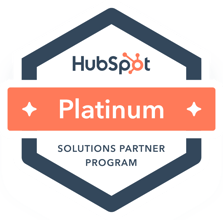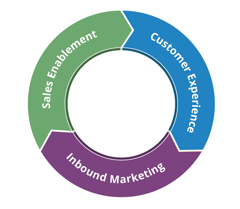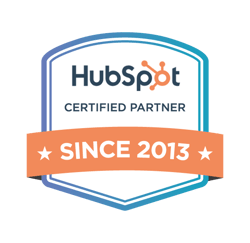If you use the internet for marketing purposes, which most companies now do, you need to start incorporating inbound marketing into your overall digital strategy. At the same time, outbound marketing focuses on traditional methods, such as buying ads, purchasing email lists, or other related marketing efforts. Inbound marketing, on the other hand, concentrates on creating high-quality content for your website, blog, and other digital assets. This will help to get you found by the right visitors, who will ideally convert into leads and customers for your brand.
The use of inbound marketing is proven to be very effective when the content provided is both practical and engaging to the reader. It's all about creating the right content, at the right place, and at the right time, to allow users to connect with your brand and become a lead for your sales team. Inbound marketing, when done correctly, will allow you to attract visitors who can be converted into customers in the future through a series of strategic digital marketing tactics, including landing pages, email marketing, marketing automation, dynamic web content, social media marketing, and more. Generally, inbound marketing takes more effort to establish as you're developing an organic strategy that will grow with you and your business over time. The results, however, are well worth the time and effort.
There are various ways you can utilize inbound marketing to enhance your digital marketing and significantly increase your organic lead generation. Quality and helpful content will attract visitors to your website, blog, or other digital resources. However, you still need to convert your visitors into qualified leads, email list signups, membership site subscribers, or other desired outcomes.
Here are the top 4 ways to truly propel your inbound marketing and lead conversion efforts.
- Use effective call-to-actions: A call to action is essentially a button on your website that tells people what to do. For example, if you have an e-book that you want people to download, you'll put a button on your website that says, "Download the E-Book." From there, the visitor knows what the following action is, and you are taking them to the next phase of the lead conversion process.
- Implement landing pages: This is probably the most significant issue we see with companies starting with inbound marketing. There is often a perception that people don't want to fill out a form to access their premium content. But, on average, we see a 35%-60 % conversion rate on landing pages from visitor to lead. Most marketers and business owners would agree that they would rather have even just 35% of visitors turn into leads through a form, rather than 0% of visitors turn into leads, because you give away all of your content for free.
- Get valid and sufficient information from your visitors: On your landing pages, it's essential to capture the most relevant information about your leads. There are several factors that contribute to this. The fields you need to capture vary based on your offer, industry, etc. remember to think of each form as it's entity, and think of the form from the individual's perspective filling it out online (i.e. how many fields would they generally be willing to fill out, what information do you already have from them that you don't need to capture again, etc.). If you're using a tool like HubSpot, you can use "smart forms" that allow you to hide any questions that the user has already answered. This will enable you to convert at a higher rate and also capture more information from them as they move through the lead funnel.
- Ensure thank-you pages and follow-up emails are used effectively: Once someone converts on your form, you want to make it simple for them to receive the content they just submitted their contact information to download. For example, with the ebook we mentioned above, the best practice would be to send them to a thank-you page that allows them to click and access the PDF of the ebook. Also, just in case they miss that page or want to save the ebook to read later, it's best practice to send an immediate follow-up email that also includes the link to the PDF. In both instances, you always want to give them another opportunity to convert, in order to move them further through the marketing and sales funnel. For example, you can include a link for them to request a demo, schedule a meeting, watch a video, and more.
As you can see, there truly is a science to inbound marketing and lead conversion. When done right, the results can be exponential for your business, saving you time, saving you money, and turning your marketing department into a more strategic and revenue-driving part of your company. If you're interested in learning more, I invite you to schedule a complimentary 30-minute inbound marketing consultation with a member of our team.


__Square.png?width=250&height=250&name=Marketing_Hub_(1)__Square.png)




.png?width=250&name=diamond-badge-color%20(1).png)
